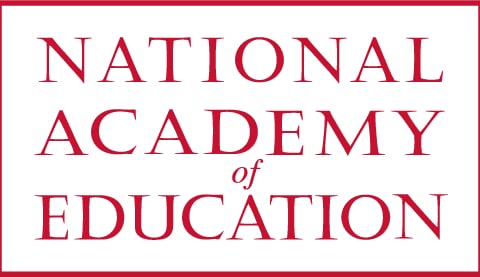In Search of “Post-Native Models” of Teaching English as an International Language: East Asian Perspectives
Yuko Goto Butler
About the research
Award
NAEd/Spencer Postdoctoral Fellowship
Award Year
2004
Institution
University of Pennsylvania
Primary Discipline
Comparative Education
As the English language has gained momentum worldwide, the goals of English education in various Asian countries have changed dramatically. This can be seen in particular in the recent introduction of English at the elementary school level in countries such as Japan and Taiwan. Yet implementing these policies has been a challenge for local teachers. In many cases, regular homeroom teachers who have not been trained to teach English have been asked to do so. The governments of these countries have promulgated new curricula that require teachers to emphasize the development of oral communicative skills in English. Furthermore, the policies regarding English language teaching (ELT) at elementary schools have been implemented based on trial and error given the lack of empirical data regarding how best to teach English as a foreign language at this level. This study, while focusing on ELT at the elementary school level in Japan and Taiwan, will be one of the first empirical attempts to closely examine and document the challenging and important process of developing new models of ELT that are sensitive to local needs.Until recently, many in the field of English language education accepted the view that native speakers (and native-like fluency) should be the model that learners strive to emulate. One result of this belief is that teaching methods that were designed primarily for native English speaking teachers (NESTs) have exerted significant influence on ELT practices in various contexts (e.g., Braine, 1999; Holliday, 1994). However, as English has become a widely-accepted means of international communication, the number of non-native English speakers currently outnumbers that of native English speakers (Graddol, 1999), and more learners of English are taught by non-NESTs than by NESTs worldwide (Canagarajah, 1999). This has lead to a fundamental change in terms of both the characteristics of English learners as well as in their objectives. Researchers therefore have begun to suggest that the traditional model of the native speaker is no longer appropriate as the goal of learners of English as an international language (e.g., Brutt-Griffler, 2002). In its place, many have suggested that educators develop teaching methods that are appropriate for local contexts.In the process of searching for suitable methods, some teachers and schools in East Asia have become recognized locally as representing “good models” that are worthy of emulation. Such methods typically become models for observation and learning by other teachers. This study will focus on a small number of such locally recognized models. Models from Japan and Taiwan will be selected as case studies. What do such locally recognized models look like? How did teachers develop such models? What do they perceive as constituting “good practices”? How do they perceive or attest to the “effectiveness” of such practices? And are such practices perceived differently between Japan and Taiwan, as well as within each of these countries? Japan and Taiwan were chosen for this study because of the differences in their policy contexts. While the Taiwanese government took the initiative in implementing English at the elementary school level as an academic subject, the Japanese government has given local schools greater autonomy with regards to the extent to which English is introduced, allowing them to introduce English within the broader framework of promoting “cross-cultural understanding.” The study attempts to answer the questions noted above through in-depth interviews with teachers and classroom observations, as well as through examination of current and past curricula, teaching materials, student performance data, surveys, and other relevant sources. The cases offered by Japan and Taiwan thus allow us to observe the creation of locally-adapted methods of teaching English as an international language (what may be called “post native-speaker focused models” of ELT) under varying policy contexts in East Asia.
About Yuko Goto Butler
N/A
